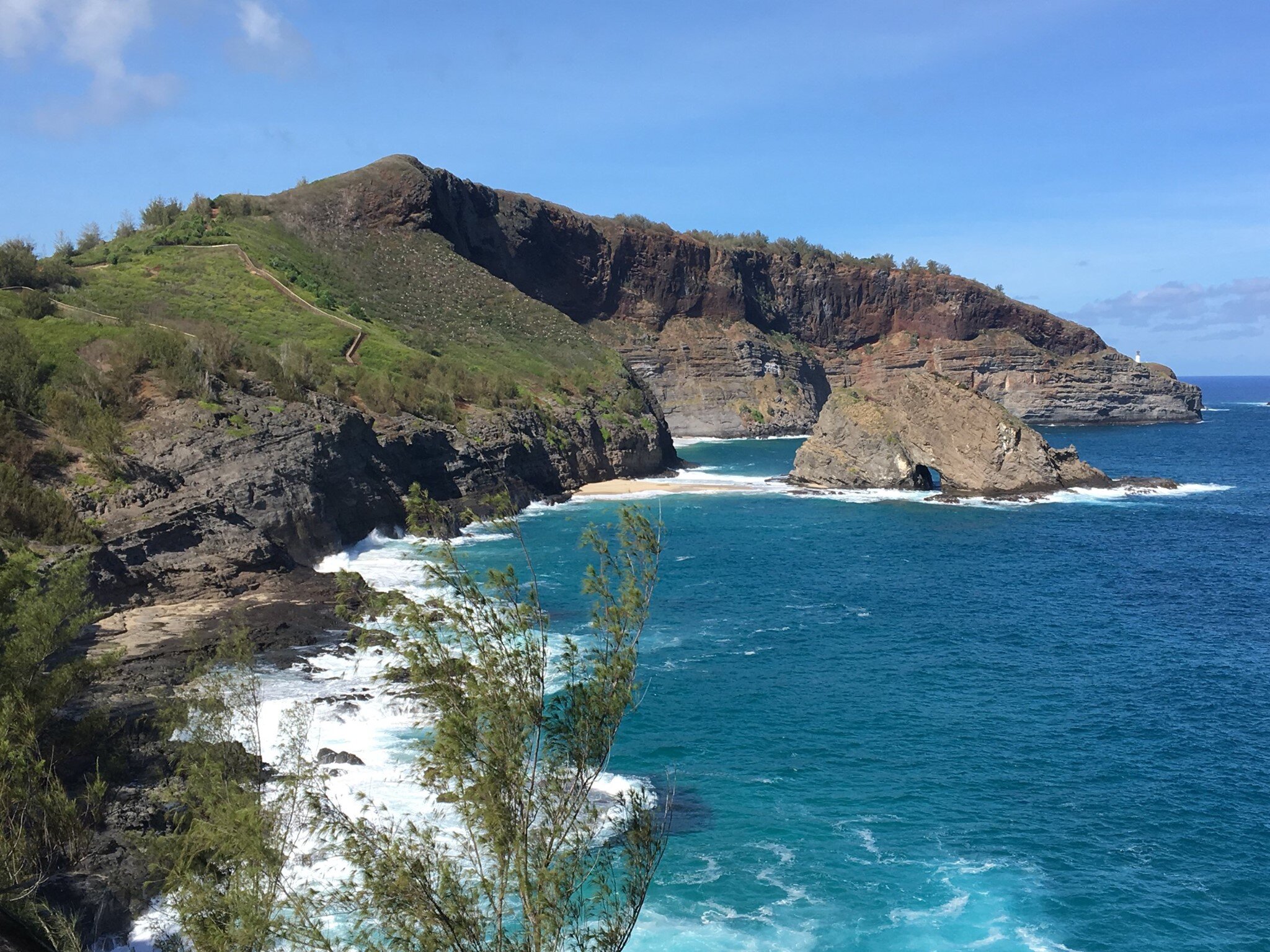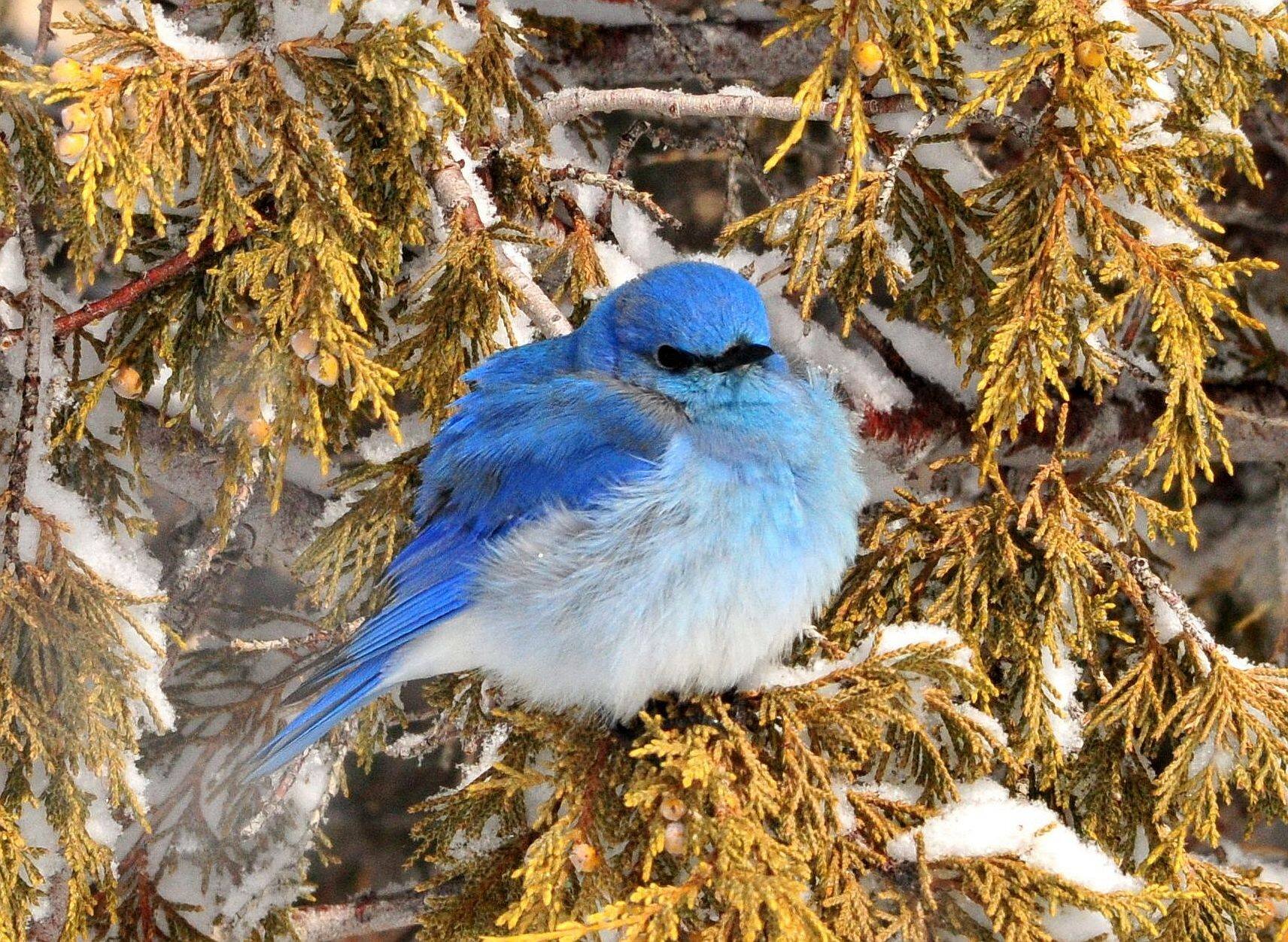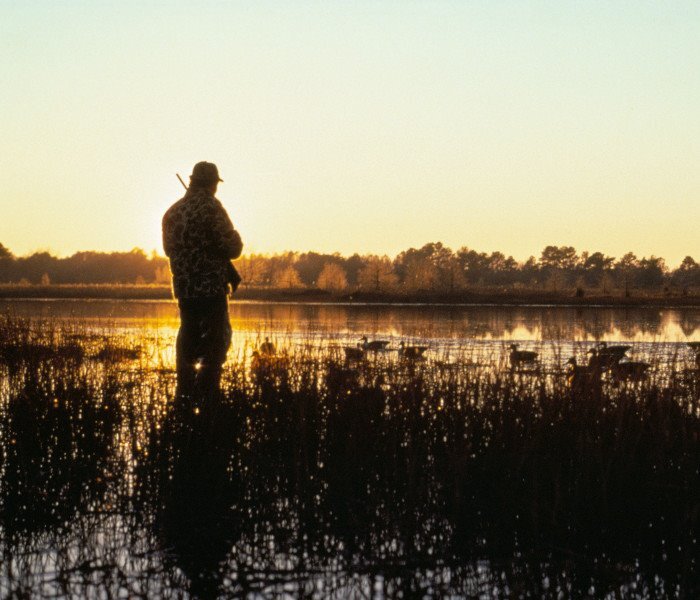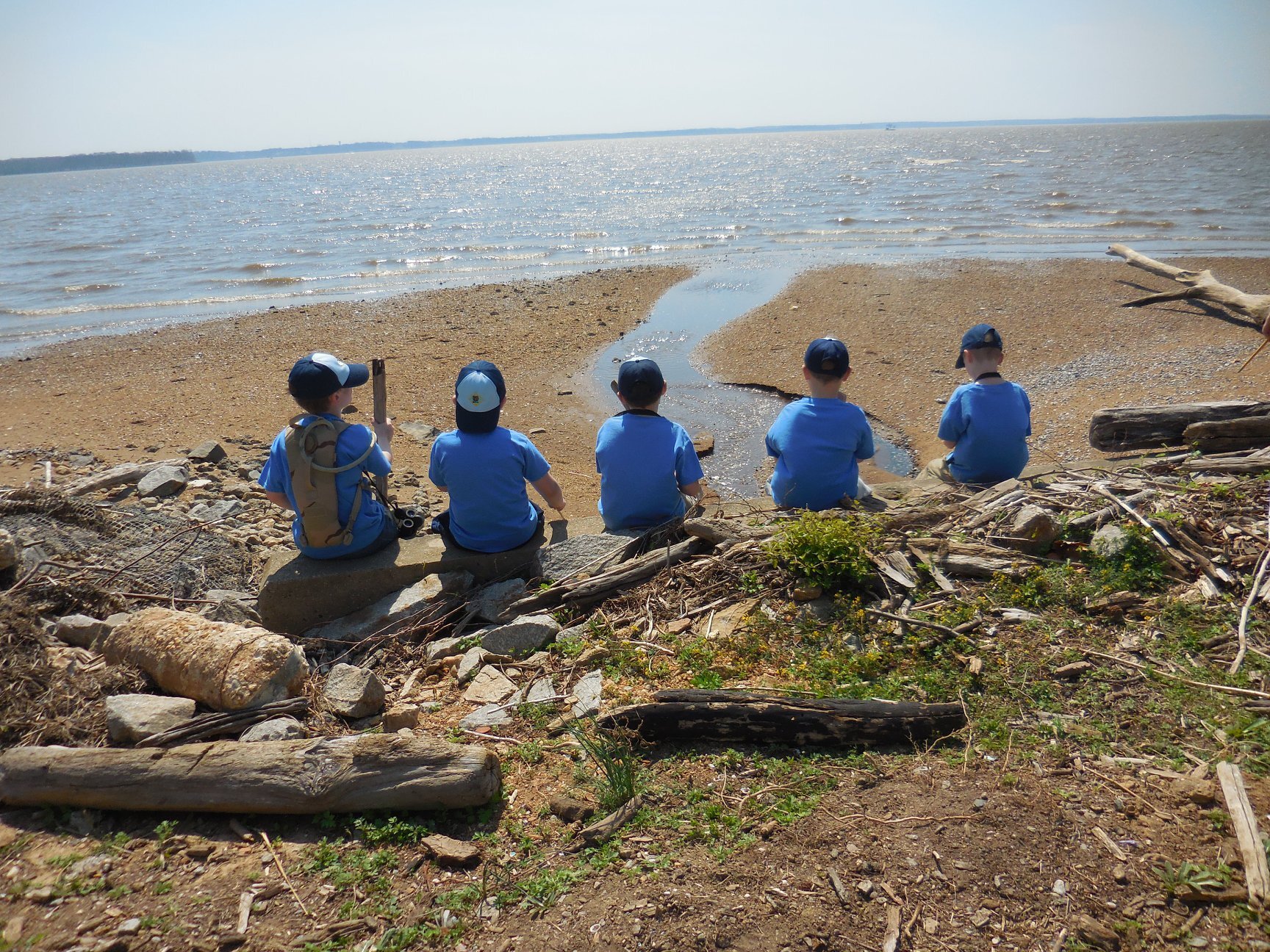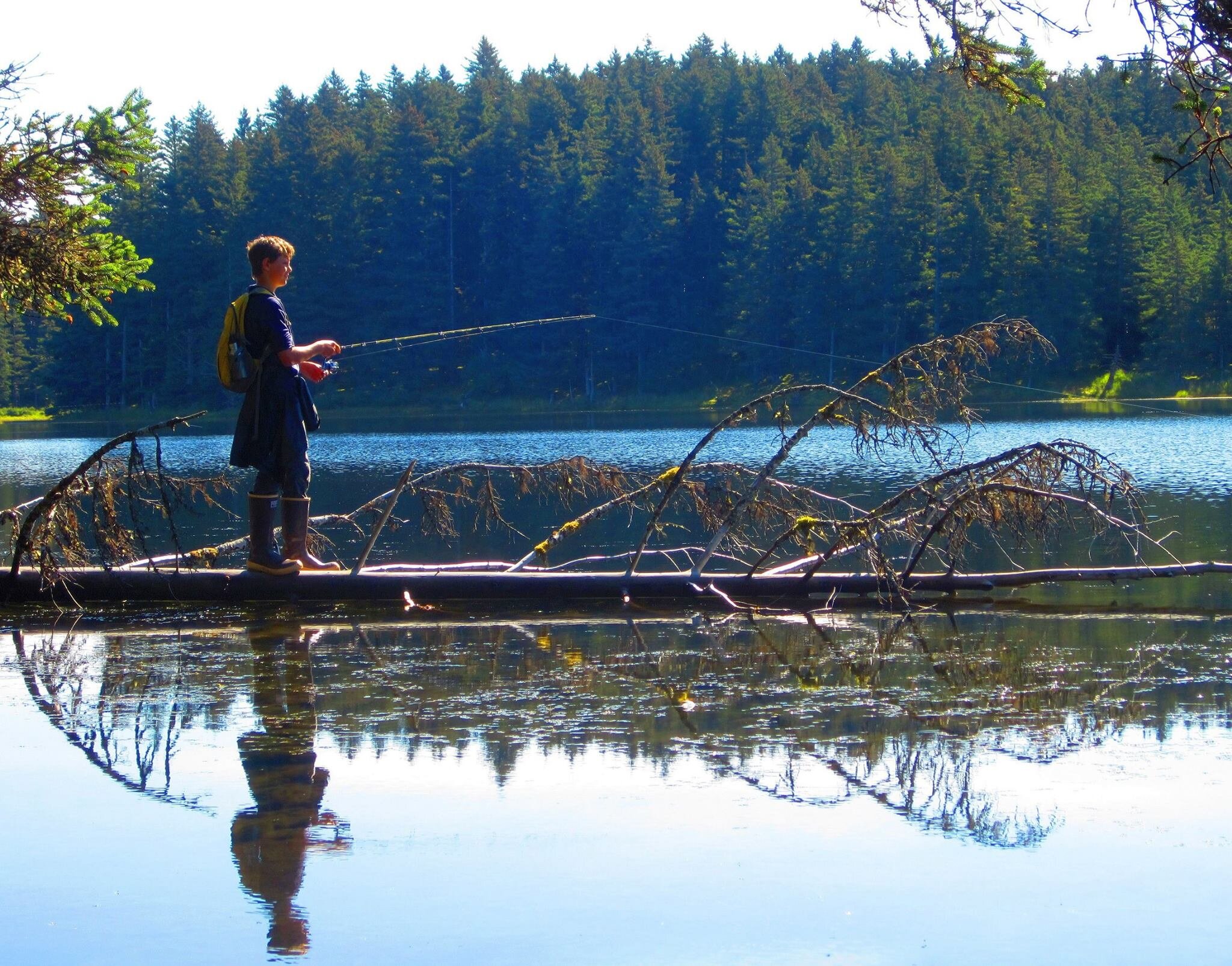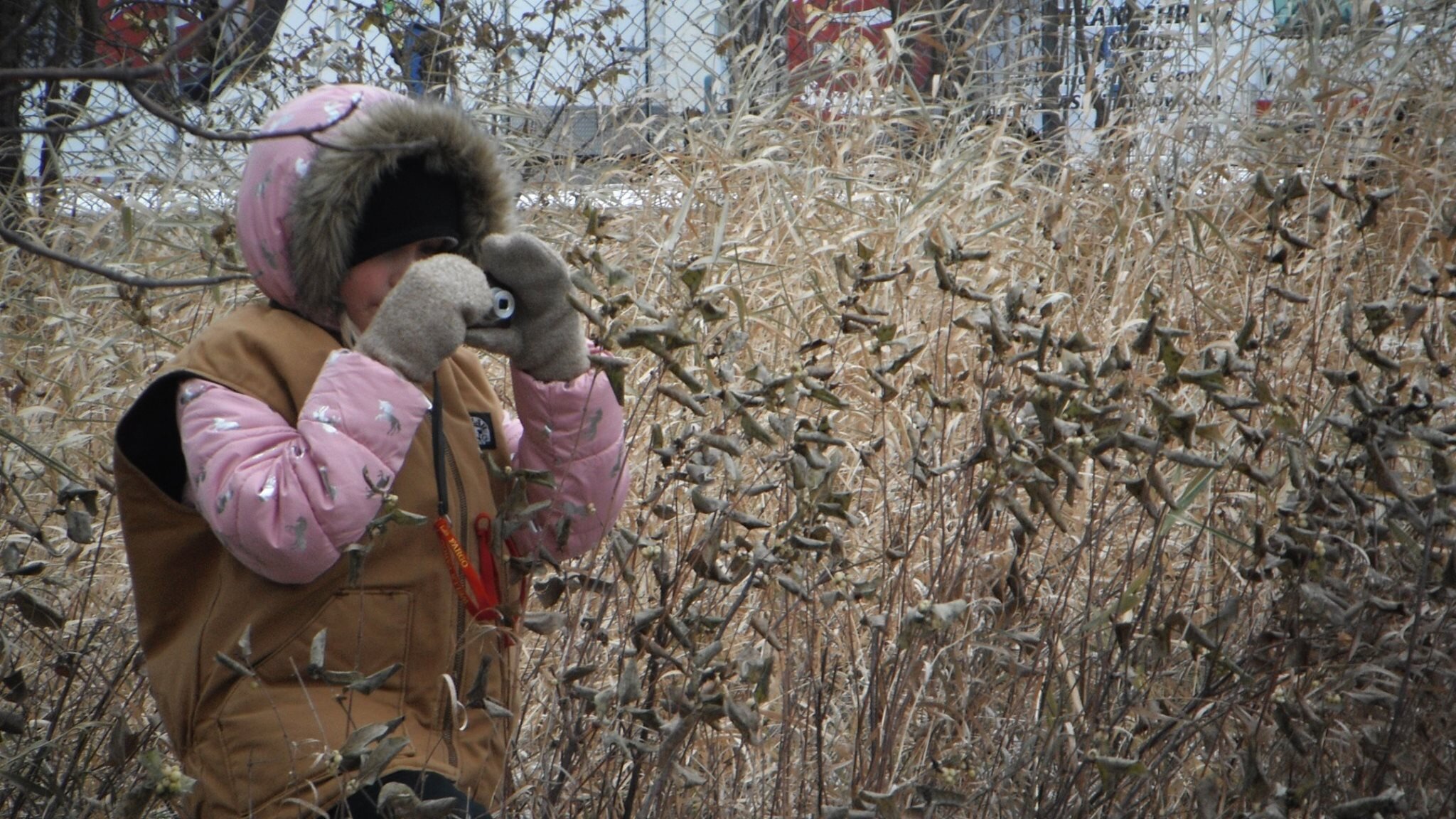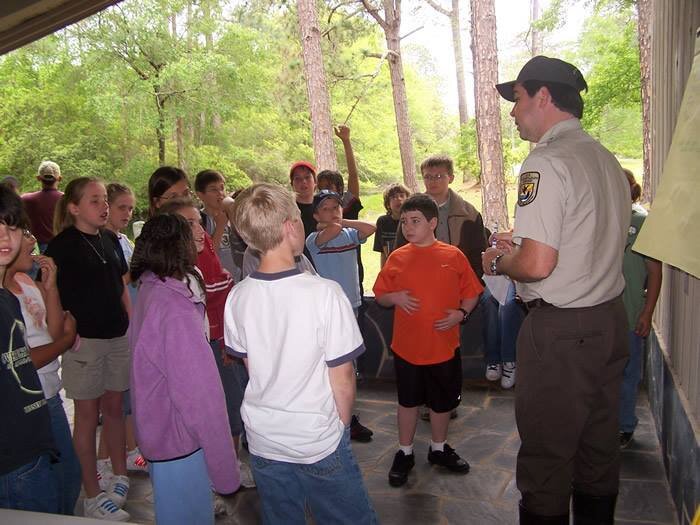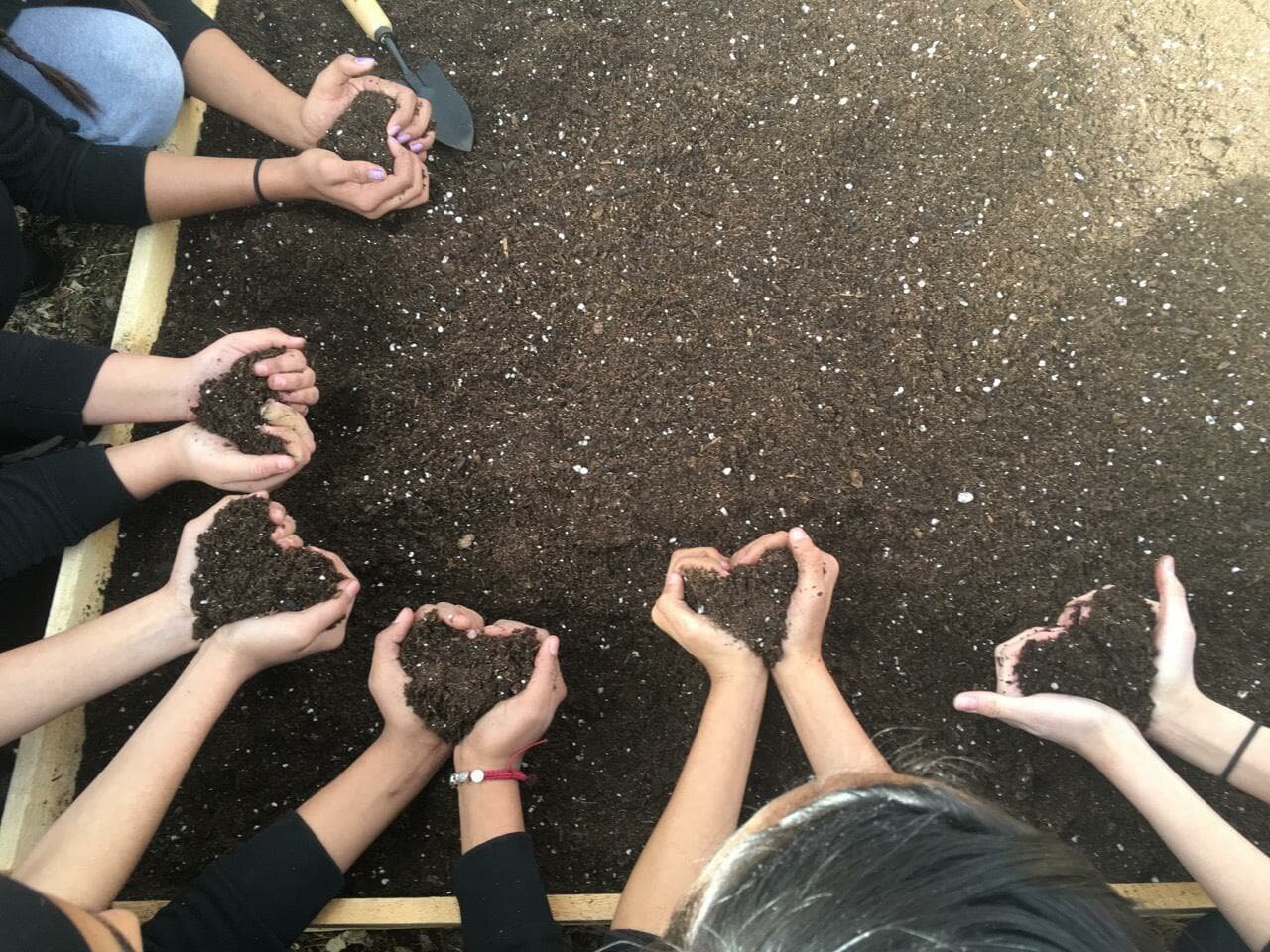By Caroline Brouwer, Vice President, Government Affairs
I have traveled all over the United States to visit National Wildlife Refuges, and have been lucky enough to visit places as far-flung as Umbagog NWR in Maine, Delta NWR in Louisiana, and the Prairie Pothole refuges of North Dakota all the way over to Kenai NWR in Alaska and Kilauea Point NWR in Hawaii. If there is one thing I’ve learned from visiting refuges, it’s that they are all very, very different, yet they all operate under this umbrella of the National Wildlife Refuge System.
The United States Fish and Wildlife Service has submitted a draft rule to open up new refuge acres for hunting and fishing, new methods of take, or new species. We have received many, many questions about this draft rule, so I want to take a few minutes to explain the history of how we got to this point.
The National Wildlife Refuge System Improvement Act of 1997 ensured that all refuges are managed as a system. It also outlined six “compatible uses” of refuges, so that wildlife-dependent recreational use could be a part of the refuge experience. Thus, the Big 6 was born: hunting, fishing, wildlife watching, photography, environmental education, and interpretation.
About 2 years ago, the Trump Administration determined that hunting and fishing were underrepresented in the Refuge System. They named a number of “hunt fish chiefs” to examine the hunting and fishing regulations on individual refuges, and make recommendations for changes that would allow as much hunting and fishing on those refuge units as possible.
Last August, DOI Secretary Bernhardt issued a rule to open up 1.4 million acres of refuge lands for additional hunting and fishing on 77 refuge units and 15 fish hatcheries. Last week, DOI issued a rule to open up 2.3 million more acres on 97 refuge units and 9 fish hatcheries.
We at the Refuge Association do not believe DOI or the USFWS are opening up hunting and fishing opportunities in ways that violate the 1997 Refuge Improvement Act. We do, in fact, support hunting and fishing on refuges and believe that these compatible uses are as important as the other four Big 6. Hunting and fishing levels are incorporated into management objectives for fish and wildlife populations. Waterfowl hunters have been a critical part of the creation of the Refuge System, and they, through the purchase of the Federal Duck Stamp, have purchased more than 6 million acres of the Refuge System. Duck Stamp dollars have been used to create or expand 300 refuges, more than half of all refuge units.
The latest Duck Stamp winner is an acrylic painting featuring the black-bellied whistling duck painted by Eddie LeRoy
Each national wildlife refuge is established for a specific purpose, and this purpose determines how the land and wildlife populations on that wildlife refuge are managed. Because the determination of which acres should be opened is being made by career biologists and professional refuge staff, we trust that they are using sound science to make decisions on which refuges can sustain additional hunting and fishing while still maintaining abundant wildlife populations. As I said above, all refuges are different--they have different wildlife species, different ecosystems, different communities surrounding them. USFWS staff have done a meticulous job going through these refuge regulations, and we cannot fault them for their choices.
Walking through the woods at John Heinz National Wildlife Refuge by USFWS
We are concerned, however, with how this rollout is affecting refuges on the ground. The Big 6 compatible uses are considered equal in the Refuge Improvement Act, but Secretary Bernhardt by his actions has placed hunting and fishing above the other four uses. These other four uses (photography, wildlife watching, environmental education, and interpretation) should not be de-emphasized while hunting and fishing are prioritized.
In addition, we at the Refuge Association encourage DOI and USFWS to advocate for increased funding to accommodate these new hunt/fish opportunities. Refuge funding levels are just shy of their highest levels ever, at $502 million. However, this is well below adequate funding, estimated at $900 million. There are already issues with staffing levels, even prior to these 3.7 million additional acres being opened. More than half of all refuges have zero staff on-site, with refuge complex staff visiting perhaps once per week. Law enforcement staff have just this past year started to increase their levels of staffing, but they are still functioning at 25% capacity. The entire state of Maine has functioned for years with no visitor services staffer, and that position is only now getting filled this summer.
These new hunting and fishing opportunities will only serve to take away more time from current refuge staff. We are concerned that the hunting and fishing expansions will divert resources away from tasks that Refuge Managers have defined as priorities in regard to the overall wildlife refuge vision/mission. Refuge staff time is already spread extremely thin with limited staffing due to a lack of funding. This issue is compounded when refuge staff is asked to open up acres, or additional acres.
An endangered Kemp’s Ridley sea turtle nesting
Without enough staffers to manage habitat and wildlife, the maintenance of hunting areas will continue to be subpar. Without enough federal wildlife officers to enforce the law, poaching will be more common. While most hunters take their hunting ethics seriously, many others do not.
Funding levels MUST be addressed if these additional acres of hunting are going to work. Refuge lands are OUR lands, and we deserve to have a Refuge System that welcomes a wide spectrum of the Big 6 uses, whether it be hunting, fishing, watching wildlife, or learning about animal species that call refuges home.
You can submit a comment on the proposed rule and read the full pdf below!
Please request that DOI include a proposal for additional funding to go along with the new hunting and fishing opportunities, so that refuge lands and wildlife populations remain healthy.


